Archives
- 2025-10
- 2025-09
- 2025-03
- 2025-02
- 2025-01
- 2024-12
- 2024-11
- 2024-10
- 2024-09
- 2024-08
- 2024-07
- 2024-06
- 2024-05
- 2024-04
- 2024-03
- 2024-02
- 2024-01
- 2023-12
- 2023-11
- 2023-10
- 2023-09
- 2023-08
- 2023-07
- 2023-06
- 2023-05
- 2023-04
- 2023-03
- 2023-02
- 2023-01
- 2022-12
- 2022-11
- 2022-10
- 2022-09
- 2022-08
- 2022-07
- 2022-06
- 2022-05
- 2022-04
- 2022-03
- 2022-02
- 2022-01
- 2021-12
- 2021-11
- 2021-10
- 2021-09
- 2021-08
- 2021-07
- 2021-06
- 2021-05
- 2021-04
- 2021-03
- 2021-02
- 2021-01
- 2020-12
- 2020-11
- 2020-10
- 2020-09
- 2020-08
- 2020-07
- 2020-06
- 2020-05
- 2020-04
- 2020-03
- 2020-02
- 2020-01
- 2019-12
- 2019-11
- 2019-10
- 2019-09
- 2019-08
- 2019-07
- 2019-06
- 2019-05
- 2019-04
- 2018-07
-
LO is a soluble kDa enzyme composed of an helix
2024-02-19
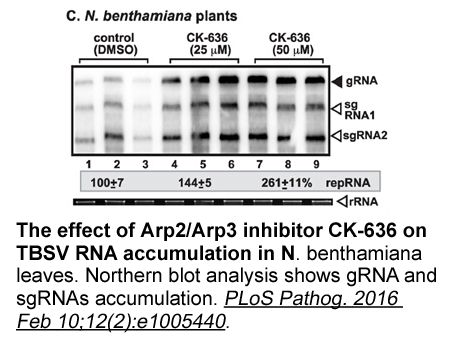
5-LO is a soluble 78 kDa enzyme, composed of an α-helix-rich catalytic domain and a regulatory β-sheet-rich C2-like domain. Depending on the cell type, 5-LO may be located in the cytosol, in the nucleoplasm, or in both compartments (Werz, 2002). Upon cell stimulation by agents that elevate intracell
-
NLX a k a F or befiradol exhibits
2024-02-19
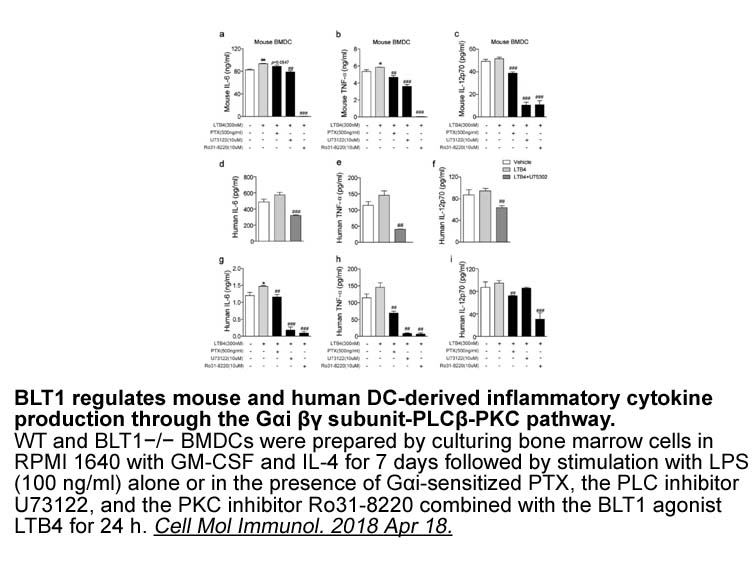
NLX-112 (a.k.a. F13640 or befiradol), exhibits nanomolar affinity at 5-HT1A receptors, and, in Nitrotetrazolium Blue chloride to the 5-HT1A receptor agonists listed above, it presents exceptional selectivity and high efficacy at these receptors (Colpaert et al., 2002, Newman-Tancredi et al., 2017).
-
Young disease transitioning B Sle mice show
2024-02-19
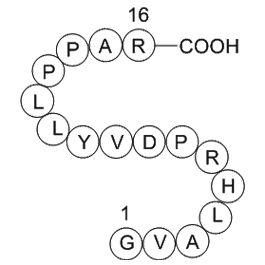
Young disease-transitioning B6·Sle1 mice show partial loss of leukocyte Axl versus B6 controls (data not shown). Further, BMDM from diseased B6·Sle1.Yaa mice do not express detectable levels of ADAM10 and TACE (ADAM17) but do express basal levels of Axl similar to wild type B6-derived BMDM (Suppleme
-
Our current knowledge on autophagy broadly differentiates it
2024-02-19
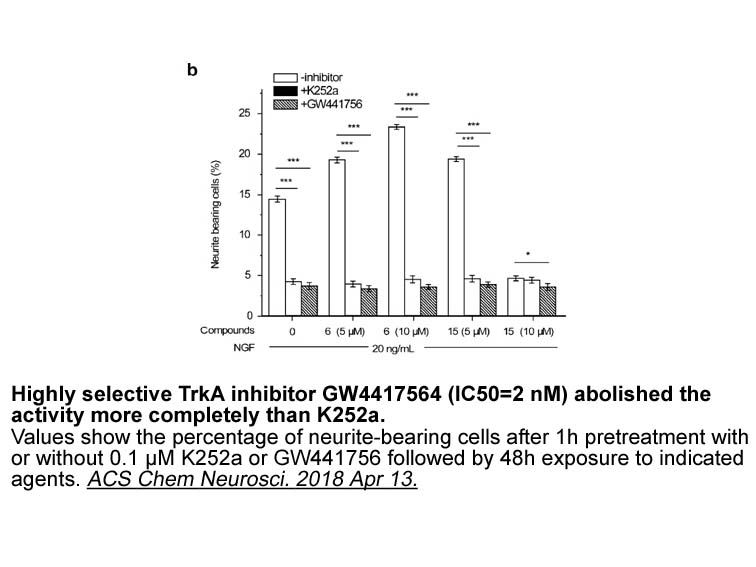
Our current knowledge on autophagy broadly differentiates it into three types: macroautophagy, microautophagy, and chaperone-mediated autophagy. Macroautophagy mainly involves the sequestration of cytoplasmic contents in a double-walled membrane followed by the fusion with the lysosomes. The lysoso
-
br Regulation of V ATPase assembly in response
2024-02-19
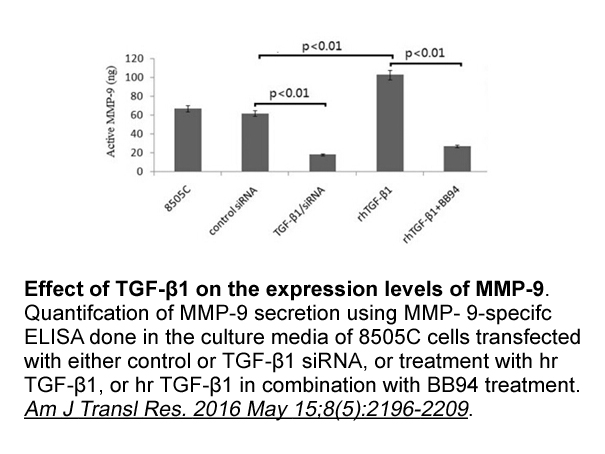
Regulation of V-ATPase assembly in response to changes in amino 69 8 levels A central regulator of cell growth and metabolism is mTORC1 [38]. mTORC1 integrates signals from nutrient availability and growth factor receptors to control such processes as protein and lipid synthesis and autophagy. A
-
The skin permeability barrier is important for the preventio
2024-02-19
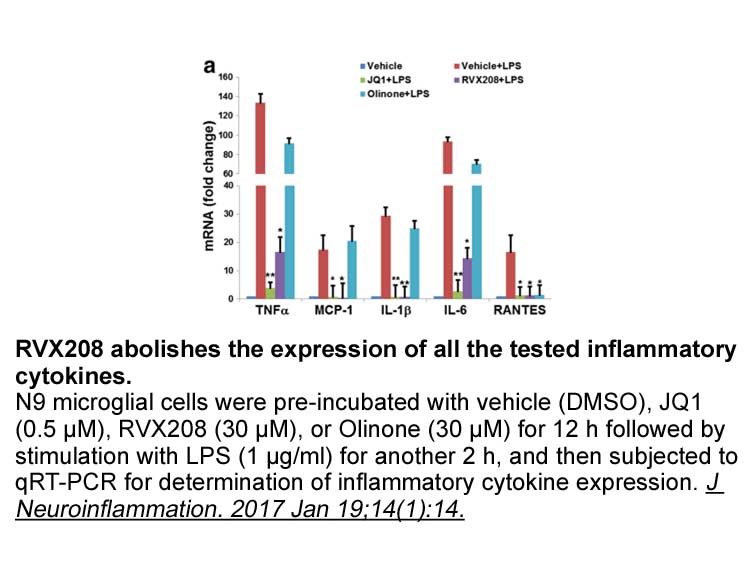
The skin permeability barrier is important for the prevention of loss of water and electrolytes from inside the body and for protection against the invasion of external pathogens, allergens, and harmful compounds. Multi-layered lipids, called lipid lamellae, are present in the outermost cell layer o
-
Given the recent discovery of regions
2024-02-19
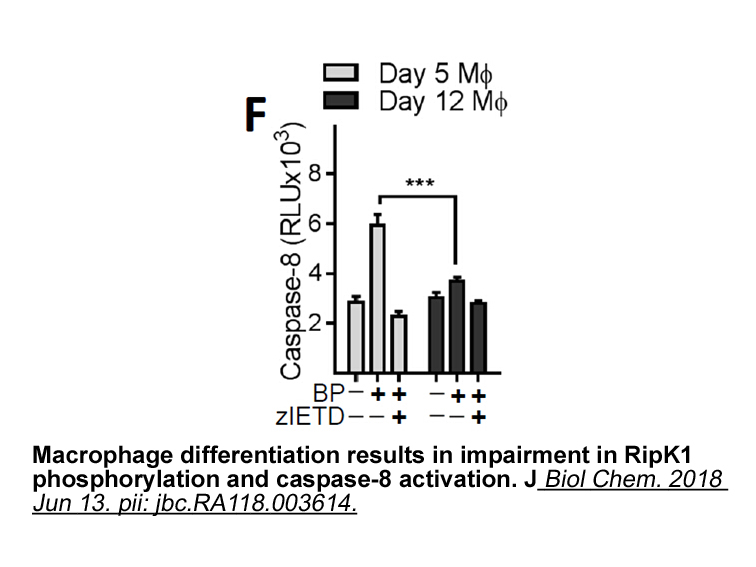
Given the recent discovery of regions of single-stranded DNA in the nuclei of hypoxic cells, the role for ATR in the response to hypoxic stress seems clearer . Zou and Elledge demonstrated that both Ddc 2 (the homolog of ATRIP) and ATRIP have a lower affinity for double-strand breaks than they do f
-
The main function of ATR CHK signaling is activating
2024-02-19
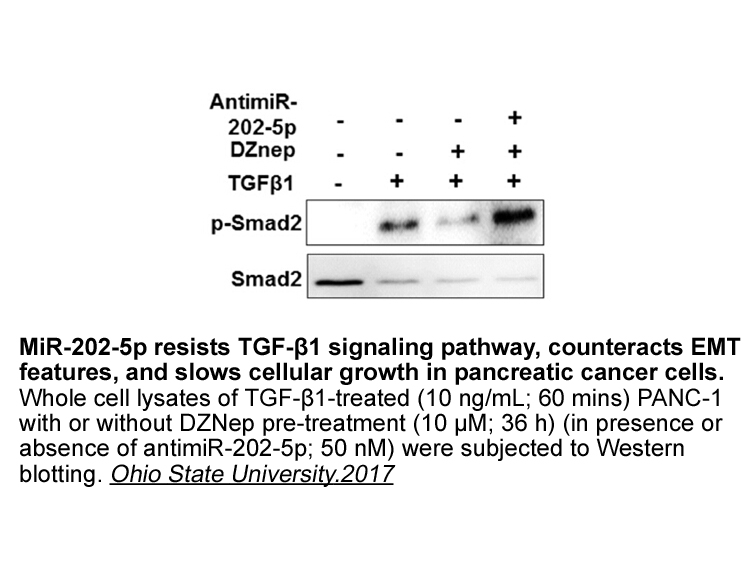
The main function of ATR/CHK1 signaling is activating sr9009 checkpoint arrest for S and G2 phases in mammalian cells. There are three checkpoints in response to DNA damage: G1/S, G2/M, and S-phase. The G2/M checkpoint can prevent cells that incur DNA damage in G2 phase or progress into G2 phase fro
-
The isoelectric point of CL ARG was determined by native
2024-02-19

The isoelectric point of CL-ARG was determined by native IEF at a Q-VD Oph gradient in the range (3–10) using standard protein markers with known isoelectric points. Native IEF reveals the presence of only one major band for CL-ARG with a slightly neutral-basic pI value of about 7.7. The calculated
-
br Materials and methods br Results br
2024-02-19
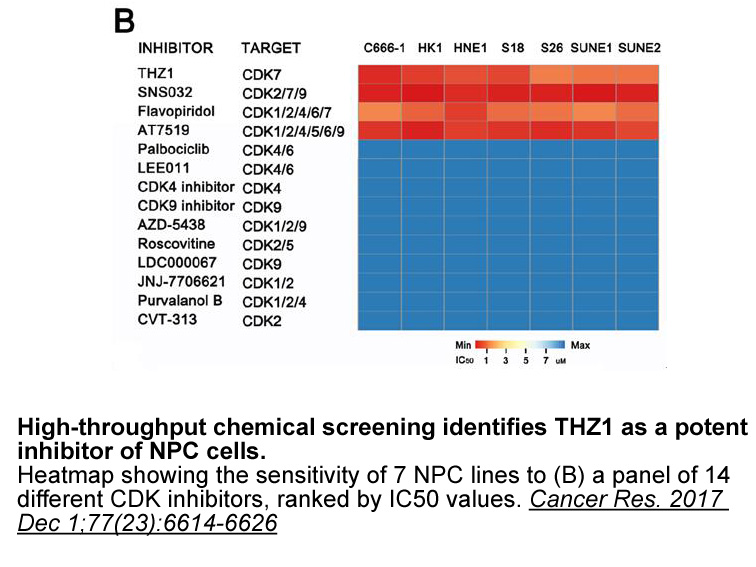
Materials and methods Results Discussion Fluoride can readily penetrate cellular membranes and seriously damage the structure and physiological function of cells (Zhou et al., 2015). Several studies have shown that excessive fluoride can decrease the viability of cells and that the growth o
-
It remains to elucidate whether proteolytic activity
2024-02-18
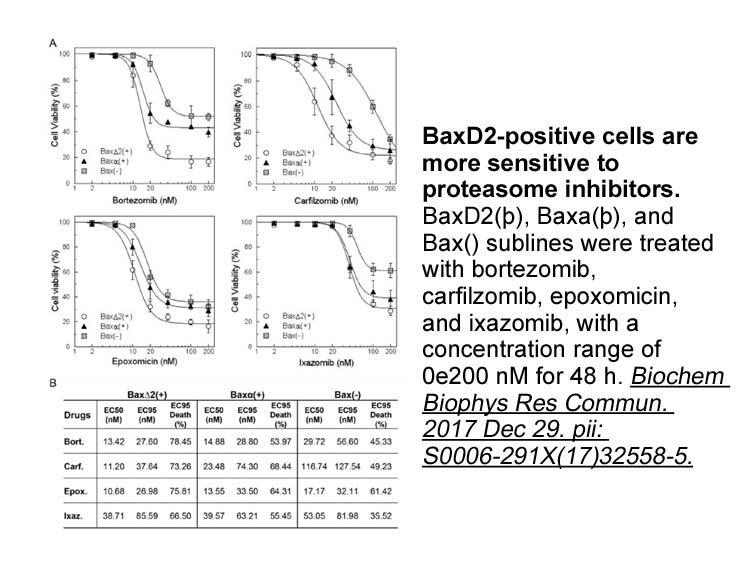
It remains to elucidate whether proteolytic activity is the cause or the consequence of changing levels of peptidergic substrates. In fact, in some cases, the expression of the enzyme does not necessarily parallel with its activity [26], [55], [57] and other factors such as a definite biochemical en
-
In summary our data have
2024-02-18
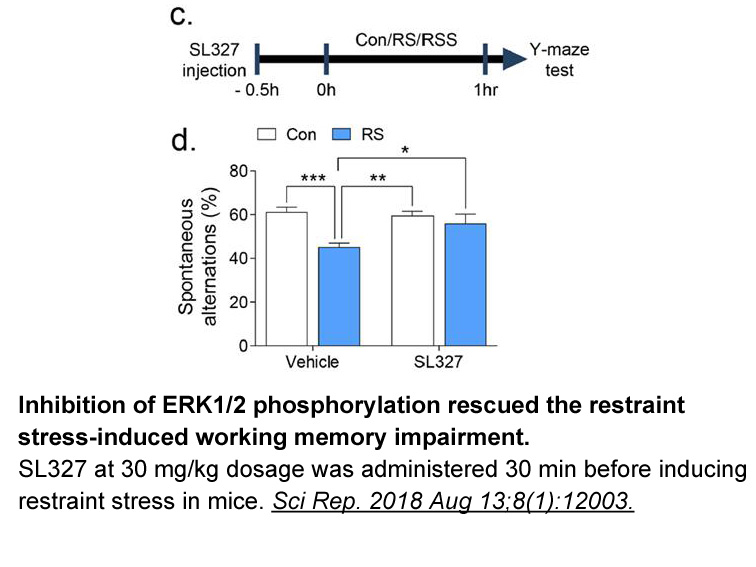
In summary, our data have shown that one mechanism by which glucose may mediate monocyte–endothelial cell interaction in the retinal endothelial cells is via the 12/15-LO pathway Furthermore, our current and previously published data [20,22] indicate a differential role of endothelial 12/15-LO versu
-
br Materials and methods br Results br Discussion
2024-02-10
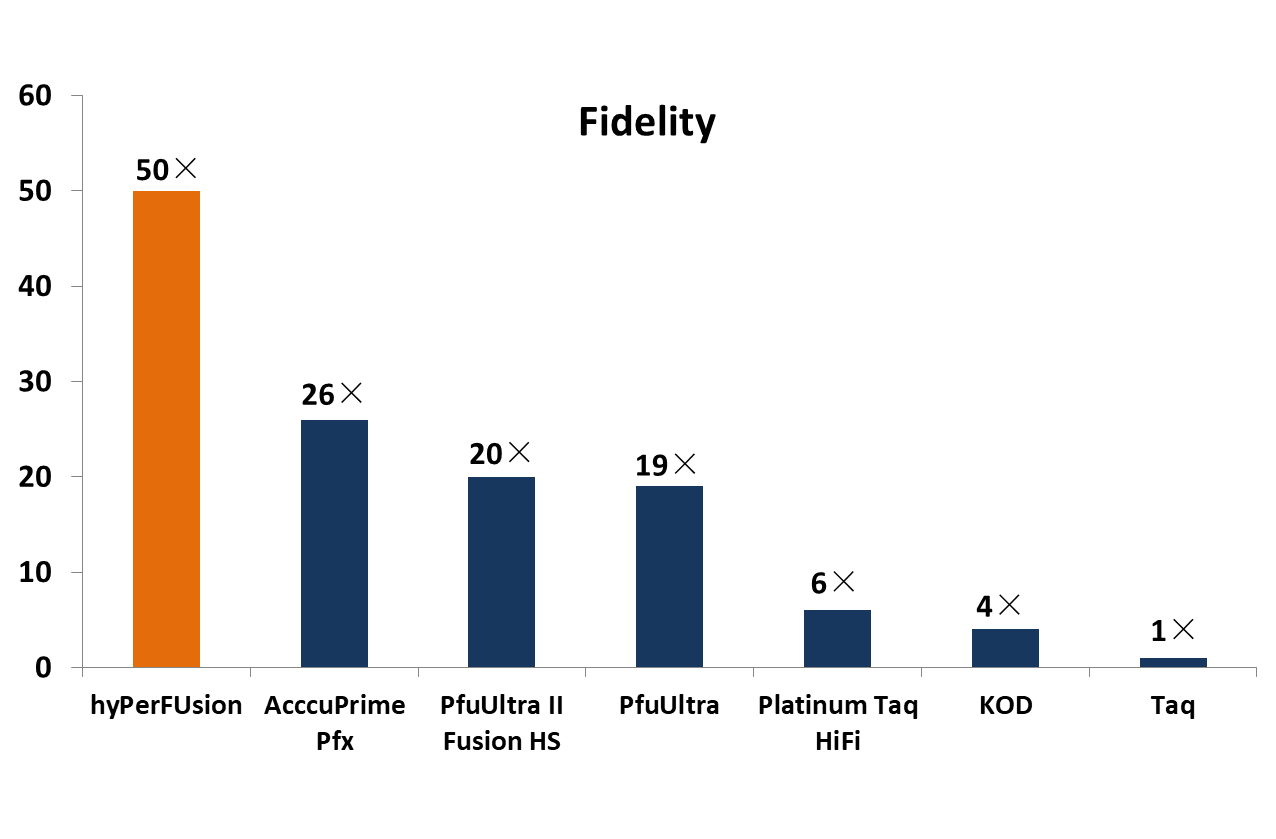
Materials and methods Results Discussion Human MutL-family complexes (MutLα: MLH1-PMS2, MutLβ:MLH1-PMS1, MutLγ:MLH1-MLH3) exhibit multiple molecular activities including DNA binding, DNA cleavage, ATP binding and hydrolysis [43]. In our recent study, we have uncovered an important function
-
The functions of HMGN protein are modulated
2024-02-10

The functions of HMGN1 protein are modulated by various post-translational modifications, including phosphorylation , , , acetylation , and glycosylation . Phosphorylation in HMGN1 may influence its binding affinity to DNA or nucleosome-associated proteins and affect the sub-cellular localization an
-
Testosterone can be converted into estrogens by aromatase ac
2024-02-09
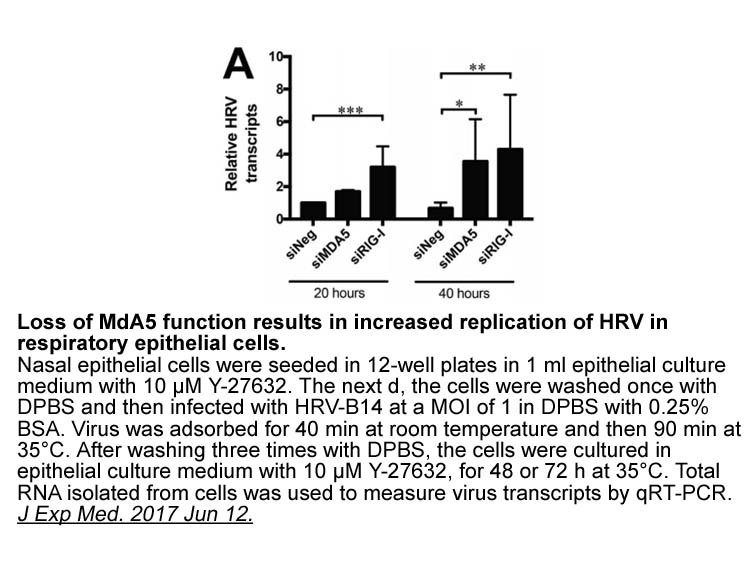
Testosterone can be converted into estrogens by aromatase action. Aromatase is encoded by CYP19, belongs to cytochrome P450 superfamily, and synthesizes estradiol (E2) and estrone (E1) from testosterone and androstenedione respectively (Fig. 1). Aromatase is expressed in the ORS of anagen hair folli
15563 records 195/1038 page Previous Next First page 上5页 191192193194195 下5页 Last page